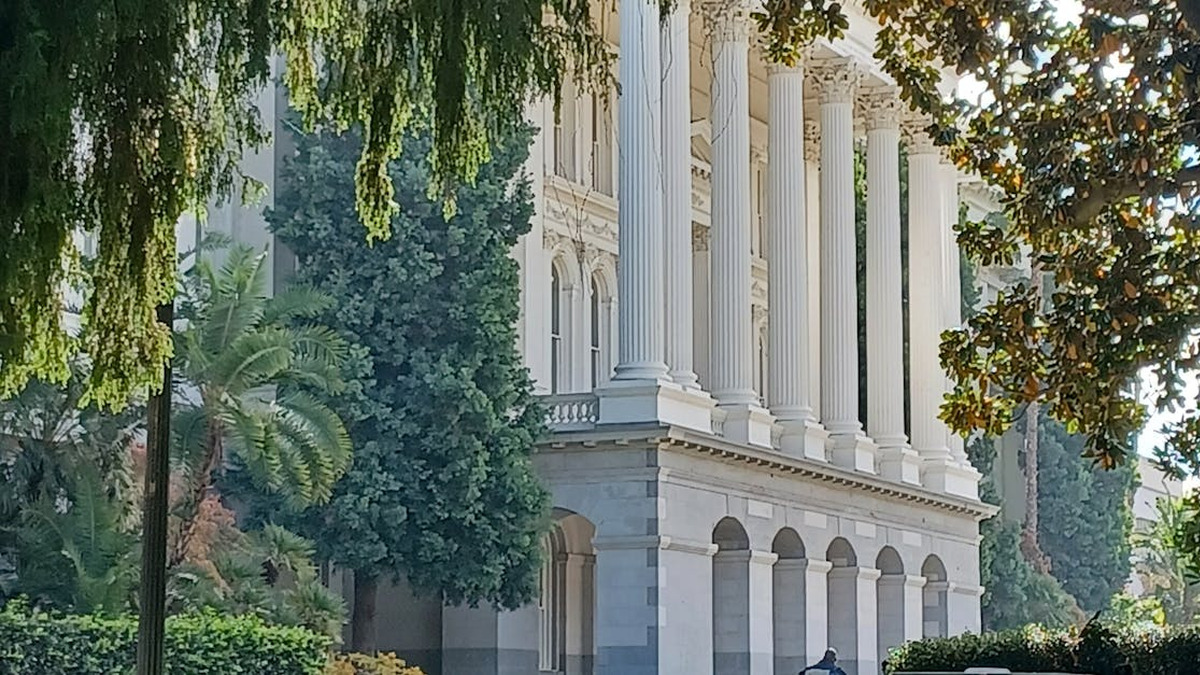February 18, 2025 | by Atherton & Associates, LLP

The Financial Accounting Standards Board (FASB) has introduced Accounting Standards Update (ASU) 2020-07, focusing on the presentation and disclosure requirements for contributed nonfinancial assets by Not-for-Profit entities. This update aims at increasing the transparency and clarity of nonfinancial contributions, also known as gifts-in-kind.
Nonfinancial assets are essentially assets that aren’t financial, including land, buildings, equipment, materials, supplies, intangible assets, and specialized volunteer services. Unconditional promises to give nonfinancial assets, such as offering free use of buildings or facilities over a period, also fall under ASU 2020-07.
ASU 2020-07 brings forth several new requirements for the presentation and disclosure of nonfinancial contributions in an organization’s financial statements.
Firstly, gifts-in-kind must now be presented as a separate line item in the statement of activities, distinguishing them from contributions of cash and other financial assets. In addition, the financial statements must disaggregate the contributed nonfinancial assets by category, providing a clearer view of the types of nonfinancial contributions received. For instance, a donated building and pro bono legal services should be separately disclosed.
The disclosure requirements under ASU 2020-07 are equally comprehensive. Organizations are required to provide qualitative information regarding whether the nonfinancial contributions were monetized or utilized during the reporting period, and which activities or programs benefitted from them. They should also disclose their policy, if any, about whether to monetize or utilize the contributed nonfinancial assets. Furthermore, a description of the valuation methods and inputs used to arrive at fair value must be disclosed, along with any donor-imposed restrictions and the concepts of the principal market for arriving at a fair value measurement.
The introduction of ASU 2020-07 requires organizations to revisit their policies and procedures to ensure compliance. It would be beneficial to establish procedures and controls for tracking and categorizing contributions and to consider thresholds for disclosure items based on the organization’s size and the materiality of the contributions.
To facilitate the implementation, organizations could leverage their general ledger system to create separate accounts for tracking contributed nonfinancial assets. This approach allows for flexibility in reporting and can be instrumental in further disaggregating contribution revenue by types of in-kind contribution revenue.
Notably, ASU 2020-07 does not alter existing standards for the valuation and recognition of contributed nonfinancial assets nor does it change the criteria for recording contributed services. However, the introduction of this standard calls for a fresh look at existing gifts-in-kind valuation techniques and internal control systems to ensure they align with the new requirements.
In conclusion, ASU 2020-07 is a significant development for Not-for-Profit entities, requiring them to enhance transparency in their financial statements. With careful planning and the right approach, organizations can smoothly transition to the new standard while enhancing their financial reporting process. As always, professional advice should be sought to navigate these changes effectively.
Let’s Talk!
Call us at (209) 577-4800 or fill out the form below and we’ll contact you to discuss your specific situation.
